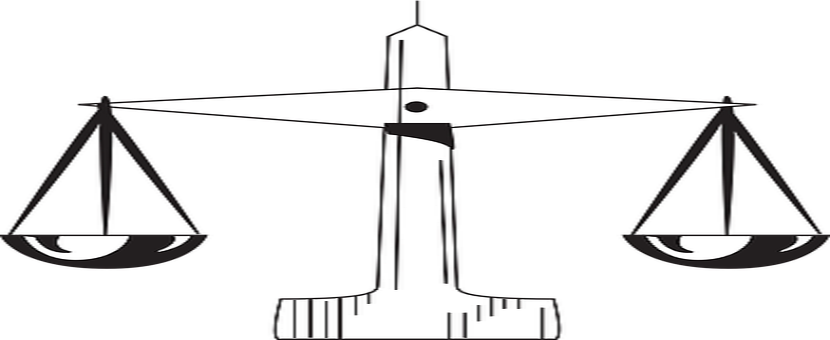Ijeoma Anyasodor v. State [2018] 8 NWLR (Pt. 1620) 107 at 132, paras. E-G, per Peter-Odili, JSC:
“For a fact, the Prosecution/Respondent properly executed the duty laid upon it for proof beyond reasonable doubt of the charge of murder against the Appellant, whose evidence in defence just could not hold water nor could dent the rock solid evidence both direct and circumstantial against her who masterminded the dastardly act and made sure it was carried out with the attempt she made to cover up her tracks. That she did not do the shooting personally does not exculpate her for the main offence as Section 7 of the Criminal Code sees to that …”
Notes:
The dastardly act mentioned above was well narrated by Sanusi, JSC who read the leading Judgment. His Lordship recounted as follows. ‘The deceased, Chibuike Nlemagwu, was having amorous relationship with the Appellant which lasted for three years before his death. The deceased (posing as a bachelor) had earlier promised to marry the Appellant but the Appellant later discovered that the deceased was already married with some children. She thereby became disenchanted and started hatching a plan to kill him.’ The deceased played into the hands of the Appellant when on a certain date, the deceased invited the Appellant for a date. He, in fact, drove and picked up the Appellant and off they went to Cradle Hotel Owerri where they spent the night in what happened to be their last night of passion together. While on their way the next day, the Appellant asked the deceased to slow down in order to drop her. As she made to alight, two armed men hired by the Appellant and who were already well stationed at the appointed place suddenly approached and shot the deceased on his stomach and escaped.
A man, who later testified as a witness in the case, heard the gun shots and on getting to the scene he saw the deceased reeling in pains, crying for help. The man also saw the Appellant trying to escape and pleaded with her to help. Both of them took the deceased to the hospital. The Good Samaritan left to make efforts to procure the medical papers from the police as demanded by the hospital, leaving the Appellant with the deceased. Before he returned, the Appellant had gone away with the deceased’s bag. The deceased died six days later while on admission at the hospital. The Police swung into action. Investigation revealed that the Appellant planned the killing of the deceased. The Appellant’s earlier alarm that the Good Samaritan and the wife of the deceased attempted to kidnap her was found to be false. The Appellant was charged for murder. Although there was no eye witness evidence or confessional statement from the Appellant, the Court relied on circumstantial evidence (uncontradicted) as supplied by the Prosecution and the “doctrine of last seen” to find the Appellant guilty of murder. Her appeal up to the Supreme Court was dismissed. The Supreme Court rejected the contention that the Good Samaritan, the deceased’s wife and the investigating police officer (IPO) who testified in the case were tainted witnesses. The apex Court upheld the Court of Appeal’s reasoning that if the Good Samaritan was biased, he should have been in favour of the Appellant who is his kinswoman. The Appellant also contended that the evidence of the IPO was hearsay. In rejecting the argument, the Court held that all the IPO did was to give evidence on what he actually saw or had witnessed, or discovered in the course of his work as an investigator. As such, his evidence did not amount to hearsay.














